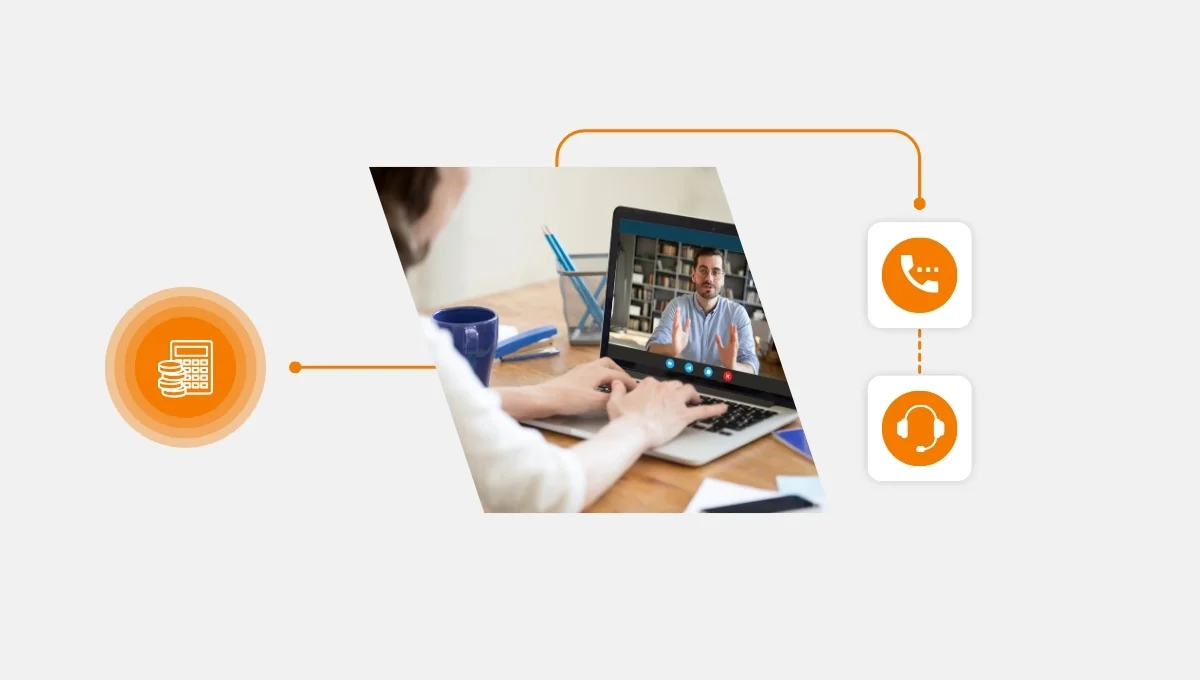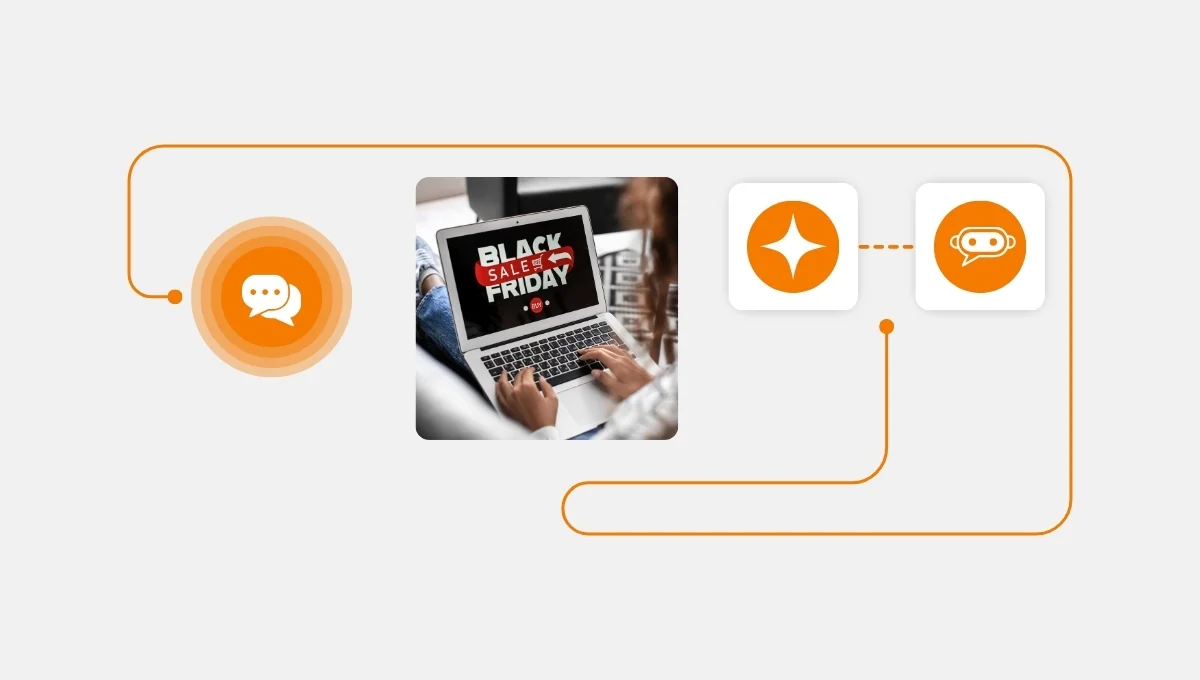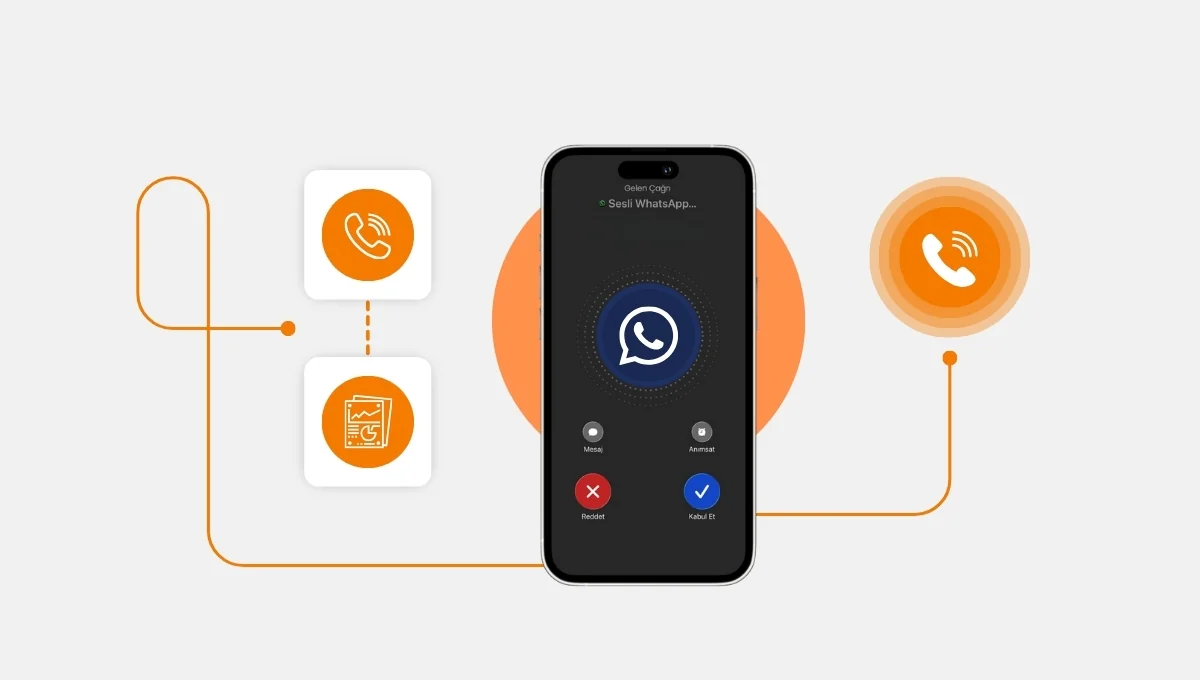Three variables influence customer experience (CX): agent performance, customer journey, and technology. Cloud call contact software that connects the three increases brand awareness. The result is greater loyalty and client lifetime value. Streamlining the consumer experience also fosters favorable brand sentiment.
But wait a minute. Can customer experience really be measured, and how does a customer experience measurement framework work?
This piece answers these questions. You’ll also learn how to measure customer experience KPI in five ways. We’ll start with Customer Satisfaction Scores (CSAT) and finish with Customer Lifetime Value (CLV).
After reading this, you’ll understand why you need cloud call center software such as Call Center Studio.
Shall we begin?
How to Effectively Measure Customer Experience
Customer experience is intangible because it concerns sentiments, comments, and opinions. CX is also unique since clients always have differing brand perceptions. These perceptions are based on the service they receive when they reach out.
Two callers can contact your call center. One gets to talk to an experienced agent who solves their issue in a few minutes. Caller number two experiences an intern agent who needs more information about the issue raised. This caller finishes the call angry, frustrated, and disappointed.
Measuring customer experience underpins the importance of accuracy. In this regard, it’s always best to establish a well-defined customer experience measurement framework. Here is how you do that:
- Mapping customer journeys: Find out how customers interact with your brand from all your touchpoints. This map should include the discovery point, support interactions until purchase, and follow-ups.
- Highlighting consumer needs based on touchpoints: Using the map, determine what clients require from specific touchpoints. Is it a speedy response, detailed information, or customized service? Callers might value a speedy response, and emailing might require detailed information. Web chats and social media interactions may necessitate support.
- Implement suitable data collection and analyzing methods: Use surveys, social media listening feedback forms, and call recordings. Next, select metrics aligning with the customer needs throughout the journey phases. The results will indicate what needs improvement.
After getting the insights, take action. As in the above case, agent training might be the area to boost.
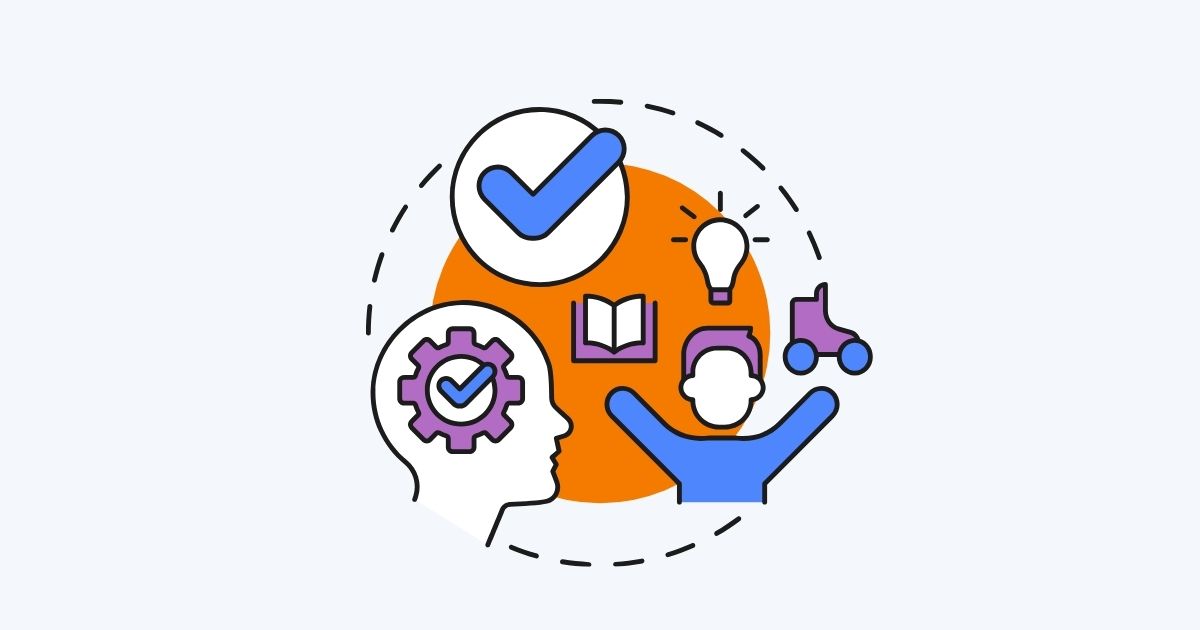
5 Customer Experience Metrics Examples Every CX Pro Should Know
The exact metrics to track in your contact center vary based on industry. Your customer base might also determine what you track. Nonetheless, here are five that any contact center should track:
Customer Satisfaction (CSAT) Score
This metric gathers data on clients’ satisfaction with your service or product. CSAT’s best practice is to send out surveys with rating scales after specific interactions. For example, you can send these out after calls or web chats.
Net Promoter Score (NPS)
NPS is the metric that measures customer loyalty. You gather data for NPS by asking how likely a client would recommend you. When clients attest they would recommend you get high numbers. It means that they would gladly recommend you as well as do business with you again in the future. High NPS numbers are a great indicator of reduced churn.
Customer Effort Score (CES)
This score gauges how easily a client finds solutions through your agents or resources. Unlike the other metrics, your contact center must record low CES numbers. Low CES means clients find doing business with you a breeze, hence higher satisfaction.
First Contact Resolution (FCR)
FCR monitors the rate of client query resolution during the initial interaction. This metric is vital because it rates the business’s efficiency and effectiveness. FCR directly results from agents’ training, communication skills, and problem-solving capabilities.
The ideal FCR numbers should be high because they indicate that customer problems get resolved quickly. Raising FCR lowers the contact center’s costs and boosts agent productivity and customer experience.
Customer Lifetime Value (CLV)
CLV estimates the revenue a client will make your business in a set time. This can be a month, year, or decade. Think of it as a possible tally you keep of all the client’s purchases. The higher the CLV, the better it is for your brand.
These projections help businesses make data-informed decisions. You may use them for customer acquisition, marketing strategies, and resource allocation.
How Can Customer Experience Be Measured?
You can measure CX using key performance indicators (KPIs). KPIs are specific real-time and sometimes recorded metrics tracking a content center’s progress. You set these KPIs toward business goals.
The goal in this scenario is a positive customer experience. KPIs give you insights on how to evaluate customer experience.
What Is The KPI for Customer Experience?
You can use the following approach to measure the above KPIs accurately:
- Start by defining your objectives. Is it a higher CSAT to reduce churn or improving FCR to reduce costs?
- Select the right metric for the right job. CSAT for customer satisfaction, NPS for brand recommendation.
- Establish a baseline for all the metrics you wish to implement. This serves as a starting point you use for comparison later.
- Track and analyze the data you collect periodically. This helps you note any improvements and take actionable steps to rectify what needs change.
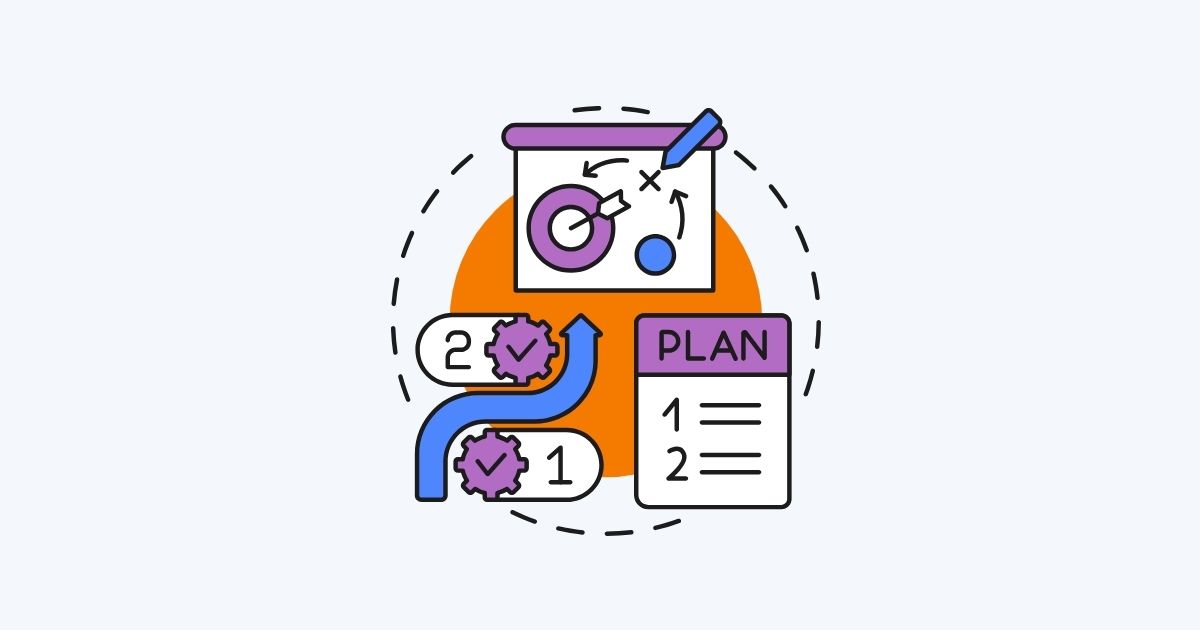
What Is The Scale For Measuring Customer Experience?
The specific scale for measuring customer experience depends on the metric. Here is a brief description of how each metric scales the quantifiables:
- CSAT utilizes the Likert scale, which uses phrases like ‘very Satisfied, neutral, and very dissatisfied’ to gauge customer satisfaction.
- NPS uses a 0-10 point scale. 0 indicates the recommendation is unlikely, and 10 means it is highly likely.
- CES also uses the 5-point or 7-point Likert scale or option phrases like very easy to very difficult.
- FCR uses percentages.
- You can scale the CLV estimates using average purchase value, purchase frequency, and customer churn rate.
Conclusion
The five CX metrics we’ve looked at here are:
- Customer Satisfaction (CSAT) Score
- Net Promoter Score (NPS)
- Customer Effort Score (CES)
- First Contact Resolution (FCR)
- Customer Lifetime Value (CLV)
These five help you make better data-driven decisions that improve customer experience. Uncovering your contact center’s strengths and weaknesses helps you allocate resources effectively. Call Center Studio’s cloud call center software can help you with all the above.
Contact Call Center Studio to get started today.


